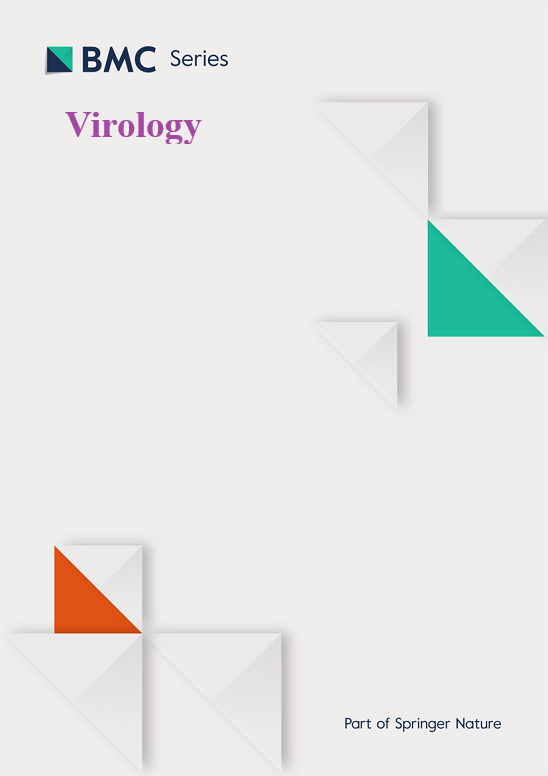SARS-CoV-2 Nsp13解旋酶调节mir -146a介导的信号通路
IF 2.8
3区 医学
Q3 VIROLOGY
引用次数: 0
摘要
尽管已成功开发出针对SARS-CoV-2的疫苗和抗病毒疗法,但其快速突变的倾向强调了继续研究以更好地了解该病毒的发病机制及其与宿主信号通路的相互作用的必要性。在这项研究中,我们试图探索SARS-CoV-2非结构蛋白13 (Nsp13)解旋酶(一种高度保守的冠状病毒蛋白,对病毒复制至关重要)如何影响宿主的生物和细胞过程。对nsp13转染的A549细胞进行全局转录组学分析,发现了RNA(如microRNAs)介导的转录后基因沉默和翻译抑制通路的变化。通过进一步的生物信息学分析,我们确定了mir -146a介导的信号通路,因为这种miRNA先前与宿主炎症和先天免疫反应的调节有关。我们发现miR-146a在nsp13转染的细胞中被诱导,并观察到两个miR-146a靶点TRAF6和IRAK1的基因表达相应下降,这两个靶点是NF-kB激活和IFN信号传导的重要上游调节因子。这些结果表明,nsp13诱导的miR-146a信号级联,即NF-kB激活和SMAD4信号传导,可能为开发针对COVID-19变体的新型抗病毒疗法提供有价值的见解。本文章由计算机程序翻译,如有差异,请以英文原文为准。
SARS-CoV-2 Nsp13 helicase modulates miR-146a-mediated signaling pathways
Despite the successful development of vaccines and antiviral therapeutics against SARS-CoV-2, its tendency to mutate rapidly has emphasized the need for continued research to better understand this virus’s mechanism of pathogenesis and interactions with host signaling pathways. In this study, we sought to explore how the SARS-CoV-2 non-structural protein 13 (Nsp13) helicase, a highly conserved coronavirus protein that is essential for viral replication, influences host biological and cellular processes. Global transcriptomic analyses of Nsp13-transfected A549 cells identified changes in pathways involved in post-transcriptional gene silencing and translational repression by RNA, such as microRNAs (miRNAs). Upon further bioinformatic analyses, we identified miR-146a-mediated signaling pathways to be of interest as this miRNA has been previously linked to the regulation of host inflammation and innate immune responses. We found that miR-146a was induced in Nsp13-transfected cells and observed a corresponding decrease in the gene expression of two miR-146a targets, TRAF6 and IRAK1, which are important upstream regulators of NF-kB activation and IFN signaling. These results suggest that Nsp13-induced miR-146a signaling cascades, namely NF-kB activation and SMAD4 signaling, may provide valuable insight for the development of novel antiviral therapeutics against COVID-19 variants.
求助全文
通过发布文献求助,成功后即可免费获取论文全文。
去求助
来源期刊

Virology
医学-病毒学
CiteScore
6.00
自引率
0.00%
发文量
157
审稿时长
50 days
期刊介绍:
Launched in 1955, Virology is a broad and inclusive journal that welcomes submissions on all aspects of virology including plant, animal, microbial and human viruses. The journal publishes basic research as well as pre-clinical and clinical studies of vaccines, anti-viral drugs and their development, anti-viral therapies, and computational studies of virus infections. Any submission that is of broad interest to the community of virologists/vaccinologists and reporting scientifically accurate and valuable research will be considered for publication, including negative findings and multidisciplinary work.Virology is open to reviews, research manuscripts, short communication, registered reports as well as follow-up manuscripts.
 求助内容:
求助内容: 应助结果提醒方式:
应助结果提醒方式:


